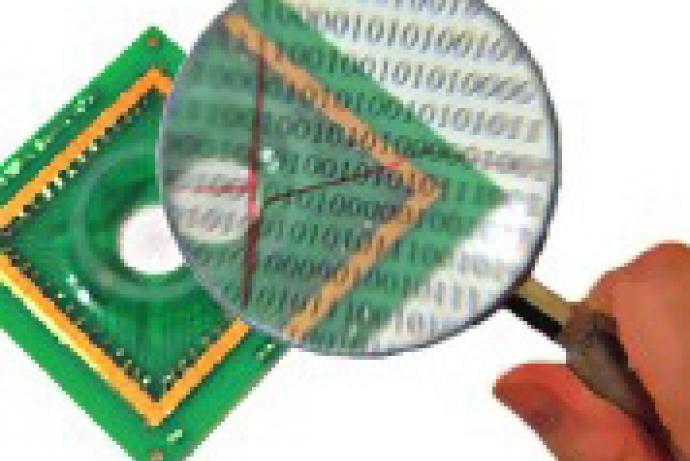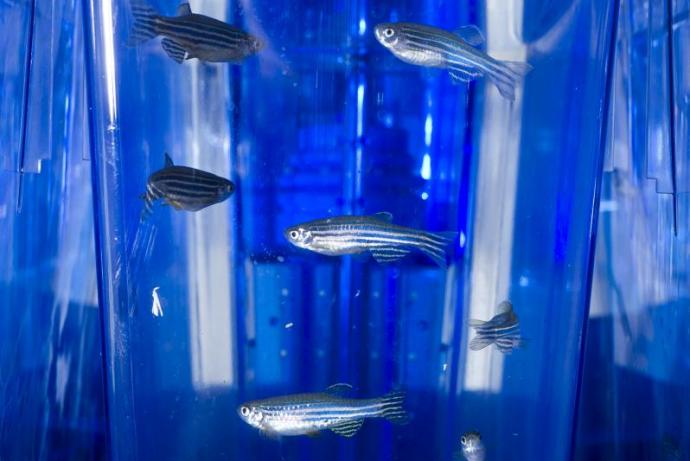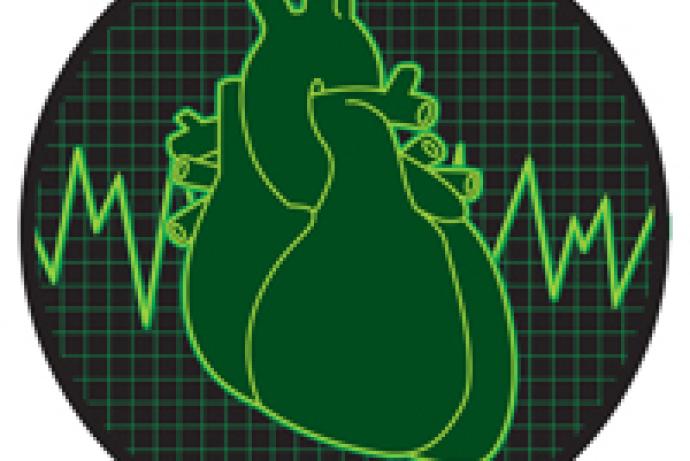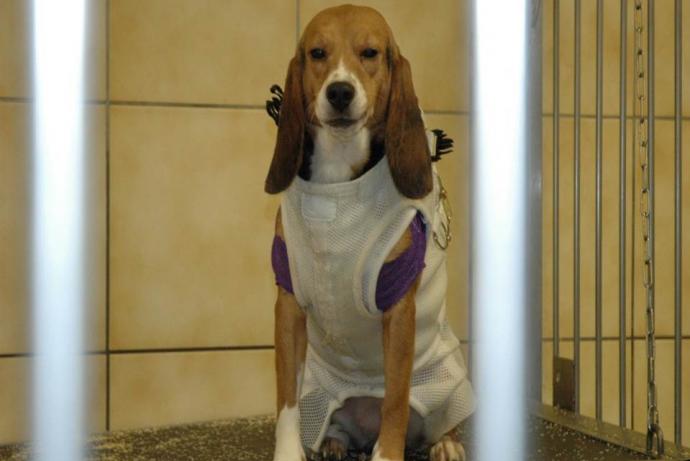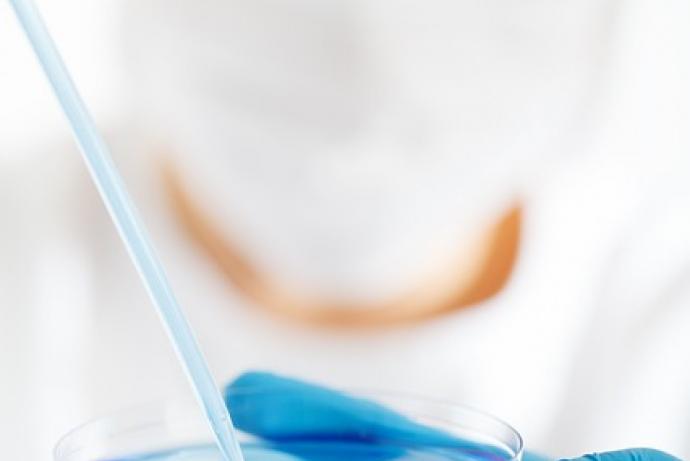Researchers at the University of Manchester are looking to collaborate with the pharmaceutical industry to validate their model of human pluripotent stem cell derived cardiomyocytes (hPS-CM) as a standard model of screening for cardiotoxicity. Access to a compound library with known cardiac toxicity data is sought to validate the hPS-CM assay as a screen for compounds. This hPS-CM model has the potential to replace animals used to collect primary cardiomyocytes for cardiotoxicity screening and will also enable better selection of compounds for development, preventing cardiotoxic drugs progressing down the drug development pipeline.
Through CRACK IT Solutions Dr Tamed Mohammed partnered with the Fraunhofer IME Screening Port. With the Solutions funding awarded the team screened over 100 cardiotoxicants and validated the hPS-CM model for use in cardiotoxicity studies, replacing neonatal rat cardiomyocytes previously used at Fraunhofer IME screening port.
Unexpected cardiotoxicity underlies high rates of attrition during drug development, posing a multi-billion dollar burden on the pharmaceutical industry (Dick et al., 2010; Redfern et al., 2010). In the last decade of the 20th century, eight non-cardiovascular drugs were withdrawn from clinical use because they prolonged the QT interval (Fermini and Fossa, 2003), resulting in ventricular arrhythmias and potentially sudden death. Over reliance on the use of animals and materials derived from animals in preclinical assays to predict the cardiotoxic effect of new drugs in humans has contributed to this problem. The relationship between drug responses from animal-derived primary cardiomyocytes for in vitro assays or from tissue samples for ex vivo assays (e.g. guinea pig, mouse or rat ventricular myocytes) and humans is not always clear (Terrar et al., 2007). The development of more predictive human in vitro models is key to addressing this. However, the very limited availability of human cardiac tissue/cells on which to investigate disease mechanisms and cardiotoxic effects of drugs remains a major challenge in the cardiac field (Pouton and Haynes, 2007).
Human stem cell-derived cardiomyocytes (CM) may offer a potential solution. There are two approaches to generate human pluripotent stem cell-derived cardiomyocytes (hPS-CM): a) CM derived from human embryonic stem cells (hES-CM) which have the advantage of being convenient to use and b) human induced pluripotent (hiPS-CM) stem cells which are more laborious but offer the advantages of being patient specific or patient cohort specific. hPS-CM derived from either of these approaches have the potential to replace the use of animal ventricular CM to screen for cardiotoxicity in new compounds during preclinical drug development (Streckfuss-Bomeke et al., 2012).
References
- Dick E, Rajamohan D, Ronksley J, et al. (2010). Evaluating the utility of cardiomyocytes from human pluripotent stem cells for drug screening. Biochem Soc Trans 38(4): 1037-1045. doi:10.1042/BST0381037.
- Fermini B, Fossa AA (2003). The impact of drug-induced qt interval prolongation on drug discovery and development. Nature reviews 2: 439-447. doi:10.1038/nrd1108.
- Pouton CW, Haynes JM (2007). Embryonic stem cells as a source of models for drug discovery. Nature reviews. 6:605-616. doi:10.1038/nrd2194.
- Redfern WS, Ewart L, Hammond TG, et al. (2010). Impact and frequency of different toxicities throughout the pharmaceutical life cycle. The Toxicologist 114: 1081.
- Streckfuss-Bomeke K, Wolf F, Azizian A, et al. (2012). Comparative study of human-induced pluripotent stem cells derived from bone marrow cells, hair keratinocytes, and skin fibroblasts. Eur Heart J 34(33): 2618–2629. doi:10.1093/eurheartj/ehs203.
-
Terrar DA, Wilson CM, Graham SG, et al. (2007). Comparison of guinea-pig ventricular myocytes and dog purkinje fibres for in vitro assessment of drug-induced delayed repolarization. J Pharmacol Toxicol Methods 56: 171-185. doi:10.1016/j.vascn.2007.04.005.
Following extensive training in Gottingen, Germany, researchers at the University of Manchester have successfully established the technology for the high-throughput production of hPS-CM and optimised their use in various assays routinely used by industry to screen for drug cardiotoxicity such as the MTT cell viability assay, ATP depletion, intracellular calcium and apoptosis assays e.g. caspase 3/7 activity, annexin V and Tunnel staining. Currently the use of rat, mouse and guinea pig neonatal and adult ventricular CM to screen for drug cardiotoxic effects requires many animals and the outcome of these screens do not fully predict human responses due to species differences (Baillie TA, Rettie (2011). Therefore the use of hPS-CM to screen for cardiac toxicity will provide a more representative model that can identify cardiotoxic drugs earlier in drug development and so aid in compound selection, potentially substantially reducing drug attrition due to cardiotoxicity. In comparison to other commercially available hPS-CM and corresponding animal studies for preclinical cardiotoxicity screening, these hPS-CMs produced by the team at the University of Manchester may reduce costs by up to 50%.
References
- Baillie TA, Rettie AE (2011). Role of biotransformation in drug-induced toxicity: Influence of intra- and inter-species differences in drug metabolism. Drug Metab Pharmacokinet 26(1): 15-29.
Researchers at the University of Manchester are looking to collaborate with pharmaceutical industry partners to validate the model of hPS-CM as a standard model of screening for cardiotoxicity. Access to a compound library with known cardiac toxicity data is sought to validate the hPS-CM assay as a screen for compounds. The first step will be validation with the hES-CM approach as it is more convenient to use, however in the future this approach will be developed to test for cardiac toxicity in specific patient cohorts using hiPS-CM. The advice and guidance provided by an industry partner on using the assay in an industrial setting will be crucial to the successful application of this model. This collaboration would benefit pharmaceutical companies and/ or research laboratories investigating the cardiotoxic effects of their drugs.
Replacement: A state of the art human cellular model of cardiomyocytes (hPS-CM) will be used to replace animals (mouse, rat or guinea pig) used to collect primary cardiomyocytes for cardiotoxicity screening.
Reduction: The model will also enable better selection of compounds for development, so that the cascade of regulatory studies in animals which are required before human clinical trials are not conducted for drugs destined to fail in the clinic due to cardiotoxicity.
Overview
Dr Tamed Mohammed’s team has validated the hiPSC-CMs against a small panel of compounds, but they need to extend this compound set to better understand the predictive potential of their model in identifying cardiotoxic drugs. Through CRACK IT Solutions Dr Tamed Mohammed and his team have partnered with the Fraunhofer IME Screening Port, who has an immediate need for the hiPSC-CM assay to refine Fraunhofer IME’s drug libraries. The Fraunhofer IME will provide approximately 100 known cardiotoxicants with which to validate the hiPSC-CM model using CRACK IT Solutions funding.
Impact
Using this established high-throughput, high-content cellular analysis confocal microscopy platform, the team investigated if the hiPSC-CMs could predict the cardiotoxic potential of 105 compounds (80 known cardiotoxins and 25 control compounds) provided by their industrial partner the Fraunhofer IME Screening Port. Using this approach he was able to assess various cell viability parameters such as: cellular ATP levels, imaging of nuclear condensation, calcium imaging, mitochondrial membrane potential, membrane permeability, and apoptosis. Tamed and his team also explored whether the current gold standard cellular models could identify the cardiotoxicants in the same compound library. These included neonatal rat cardiomyocytes, H9C2 cells and two cancer cell lines - A549 and ACHN.
The team tried various time points and found that 48 hours exposure to the compounds was sufficient to produce cardiotoxic effects. For high-throughput analysis of the data, they designed a scoring system from one- five for each compound where compounds with an EC50 in the nanomolar or millimolar concentration range score one or five, respectively. Their results showed that the iPS-CMs were the best at predicting cardiotoxicity, identifying known cardiotoxic compounds with an accuracy of 88.5% compared to 75.5% for neonatal rat cardiomyocytes, 69.3% for H9C2, 53.3% for the cancer cell lines.
As a result of this study, these combinations of assays in their iPS-CMs are now employed as the standard method for testing cardiotoxicity in all compounds within the clinical application pipelines at the Fraunhofer IME screening port. This has significantly reduced the animal use in getting neonatal rat cardiomyocytes for cardiotoxicity testing as well as terminating the potentially cardiotoxic compounds from further drug development and regulatory in vivo testing. This work has also resulted in the formation of the TOXICON consortium between 13 different SMEs and academic partners from Europe and the USA to apply for the PHC-33-2015 call from Horizon 2020. The focus of the call is to establish a reliable in silico predictor for drug-mediated cardiac and neuronal toxicities based on high-throughput targeted and genome-scale in vitro assays on human iPSC derived cardiomyocytes and neurons.
